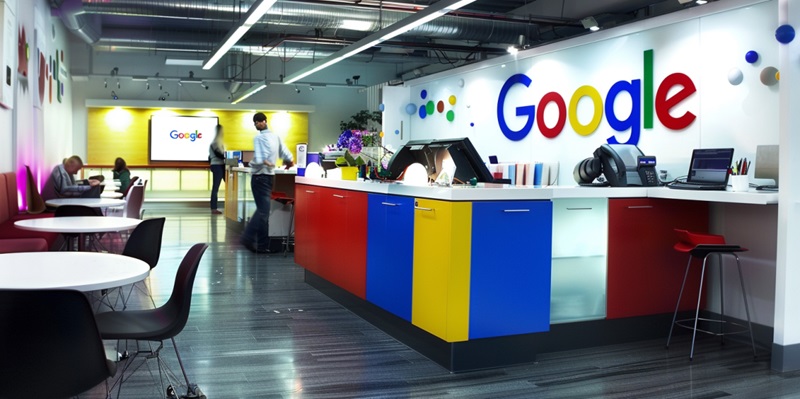Google’s recent announcement on the expansion of its GEMM family of AI models signals significant advancements in the field of machine perception and language processing.
PaLM-GEMM: A Breakthrough in Vision-Language Models
Smaller, Faster, Stronger
The introduction of PaLM-GEMM showcases Google’s commitment to improving AI efficiency. With roots in the PaLM vision-language models and the SIPMLP vision model, PaLM-GEMM distinguishes itself by being both capable and resourceful. Specifically designed to be compact, it outperforms previous models in several domains including image and video captioning, and visual question answering. This sleek design accommodates rapid processing speeds without sacrificing accuracy or robustness. Its launch represents an unparalleled option for developers who require swift and dependable vision-language applications.
Open-Source Accessibility and Versatility
With its release to the developer community through platforms like GitHub and Hugging Face, PaLM-GEMM underlines Google’s dedication to open-source collaboration. By making this cutting-edge tool broadly accessible, Google not only fosters innovation but also empowers a diverse range of creators to push boundaries in their own fields. Access to such advanced technology is crucial for those seeking to integrate sophisticated machine perception and language processing capabilities into their projects. PaLM-GEMM’s versatility extends its utility beyond basic tasks, allowing for the exploration of creative and complex applications within the realm of AI.
GEMM-2: A New Standard in AI Performance
The Power of Parameters
Google’s GEMM-2 sets new standards for machine learning models by featuring an extraordinary 27 billion parameters. This monumental step forward enables GEMM-2 to achieve a level of performance comparable to that of much larger models like GPT-3, all while using significantly less computational resources. This optimization not only saves on deployment costs but also enhances the applicability of the model across various platforms. Indeed, with GEMM-2, cutting-edge AI is becoming more manageable and efficient, leading to broader utilization and innovative possibilities.
Fine-Tuning Flexibility and Cost Efficiency
One of the most notable aspects of GEMM-2 is its adaptive flexibility when it comes to fine-tuning options. Whether integrated with tools on Google Cloud or specialized solutions, GEMM-2 provides a malleable foundation that can be tailored to a wide array of use cases. This efficient design, allowing for operation on less compute power, enables users to maximize the potential of the model without prohibitive expenses. Google has been mindful of the needs of diverse stakeholders, ensuring that the GEMM-2 model is not just a technological marvel but also a practical choice for developers seeking to harness the power of AI responsibly and cost-effectively.
Fostering Responsible AI Use With the LLM Comparator
Prioritizing Quality and Safety in AI Developments
The Responsible AI Generative Toolkit’s addition of the LLM Comparator tool is a testament to Google’s commitment to responsible AI development. This tool, available as open source, is indispensable for developers who need to ensure the quality and safety of their AI models. With interactive data visualization, it makes the evaluation process more accessible and transparent, providing a comparative analysis of AI model responses. This is crucial for developers to identify any biases or inaccuracies, ensuring their models are both effective and ethical in deployment.
Encouraging Ethical Advances and Open Collaboration
Google has recently unveiled plans for growing its GEMM suite of artificial intelligence models, marking a momentous step forward in machine perception and natural language understanding. This expansion is poised to deepen AI’s ability to interact with and comprehend human languages, effectively bridging the gap between human and machine communication. The GEMM family’s evolution hints at a near future where AI could seamlessly understand and respond to intricate human cues, providing more intuitive and organic user experiences. By pushing the envelope in machine learning and AI technology, Google is setting the stage for a host of innovative applications that could revolutionize various industries, from customer service to tech support, by delivering more sophisticated and personalized interactions. This expansion reflects Google’s commitment to leading the charge in AI development and the continuous pursuit of creating models that are increasingly adept at interpreting the complexities of human language.

